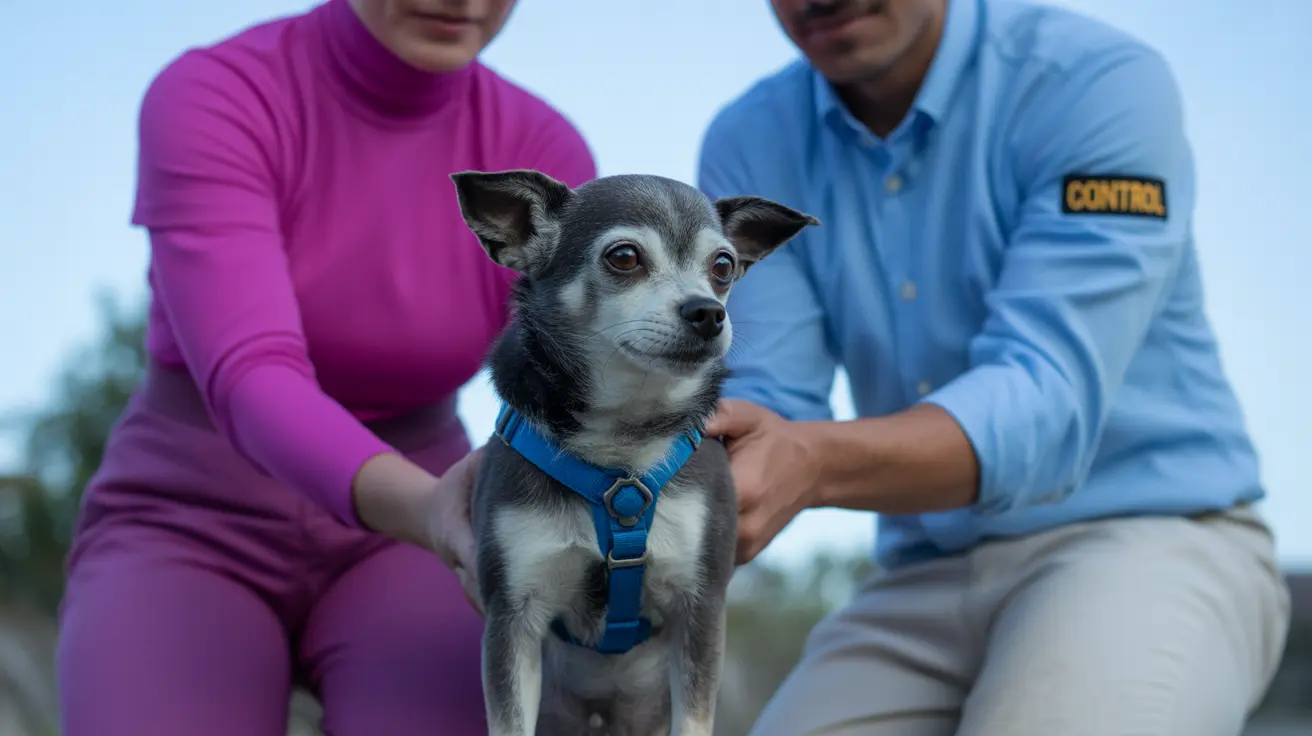Understanding the Signs of an Unhappy Dog
Dogs are known for their expressive nature and strong emotional bonds with humans. When a dog isn't feeling content, they often display clear behavioral and physical cues—it's up to observant owners to notice these signs and respond accordingly.
Common Behavioral Signs of an Unhappy Dog
- Withdrawal from people or other pets: A previously social dog that starts avoiding affection or isolating themselves may be experiencing emotional distress.
- Lack of interest in play or walks: One of the most telling signs. If your dog generally loves playing or walking but shows no interest, it's a red flag.
- Destructive behavior: Chewing furniture or shoes, digging, or constant barking can be signs of anxiety or lack of stimulation.
- Changes in eating habits: A sudden loss of appetite or even excessive eating might indicate emotional imbalance or depression.
- Increased sleeping: While dogs sleep a lot in general, an unhappy dog may sleep excessively or appear lethargic even during usual waking hours.
- Avoidance or excessive clinginess: Some dogs want to be alone when upset, while others cling to their owners more than usual, following them constantly.
Physical Signs of Emotional Distress in Dogs
- Tucked tail or lowered body posture: These are classic indications of fear or discomfort.
- Pacing or whining: Dogs that can't settle down or that vocalize repeatedly may be stressed or insecure.
- Excessive grooming or licking: Often a self-soothing behavior, but can lead to hotspots or skin infections.
- Loss of coat condition: Stress can lead to hair loss or dull, unhealthy-looking fur.
Situational Causes of Canine Unhappiness
Understanding the root of a dog’s unhappiness is crucial to providing effective support. Some common causes include:
- Loneliness: Dogs thrive on companionship. Prolonged periods of being alone can result in depression or separation anxiety.
- Lack of exercise or stimulation: Insufficient physical and mental activities lead to boredom and frustration, particularly in high-energy breeds.
- Changes in routine or environment: Even small changes can stress a dog—new furniture, schedule shifts, or a move to a different home.
- Loss or absence of a family member: Dogs grieve, whether it’s the death of a household pet or a human loved one leaving.
- Health problems: Pain or discomfort from illnesses or injuries can cause behavioral shifts that reflect unhappiness.
How to Help an Unhappy Dog
- Visit a vet: Rule out medical causes behind changes in behavior. Pain or illness may be the root of their distress.
- Provide daily enrichment: Mental and physical stimulation through play, training, toys, and outdoor walks are vital to canine mental health.
- Stick to a routine: Dogs find comfort in predictable days. Consistent feeding, walking, and rest times help them feel secure.
- Offer affection and attention: Spend quality time with your dog to reinforce their sense of belonging and love.
- Consider professional help: If behavioral problems persist, speak with a dog behaviorist or certified trainer.
Reading Your Dog’s Unique Signals
Each dog has its own personality and way of expressing feelings. For some, silence and distance are signs of upset; others might bark or act out. Understanding your dog’s normal behavior is key to identifying unhappiness early.
In conclusion, recognizing the signs of unhappiness in a dog requires close observation and empathy. Responding promptly with support, structure, and affection can dramatically improve your dog’s emotional well-being and restore their joyful, tail-wagging nature.





